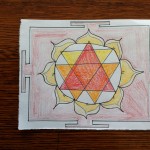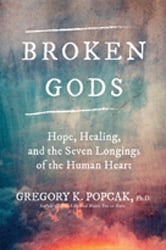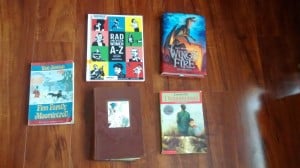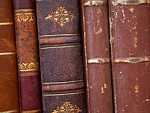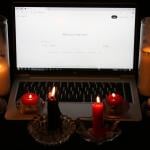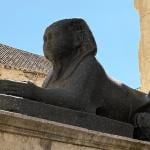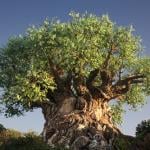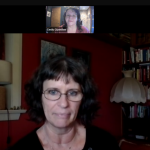Young adult and children’s books are a font of magical storytelling. Much of the stories are based on myth or made up worlds. There may be similarities to magical practices or beliefs in our ‘real’ world, but usually most of the story is a fantasy, pure and simple. And yet, when I read The Sea of Trolls by Nancy Farmer I was astounded at the depiction of magic.
The Sea of Trolls is set in the 8th century in Saxon ‘England’. Our hero is Jack, an 11 yr old boy. His father longs for Lindisfarne, his mother keeps bees, his 5 yr old sister Lucy insists she’s a fairy princess, and he befriends a Druidic bard. In the first few chapters of the book, Jack is the bard’s apprentice and he begins learning and witnessing magic. Then comes the Viking invasion, and he and Lucy are carried off as slaves. We briefly see Picts and then Jack and Lucy are taken across the North Sea and must venture into Jotunheim, the land of the Ice Giants/Trolls.
It’s a wonderful story, with great characters. The writing is simple – very appropriate for readers 9-11 yrs old. While I like the story and enjoy reading it aloud to my son, what blows me away is the depiction of magic and spirit. (Surely Nancy Farmer is a Pagan! Yet I can find no evidence of this on the internet.)
The bard teaches Jack about the Life Force, the current of energy that flows in the earth and is in abundance in certain places on the earth. Some places are so potent that it either makes you mad …. or a poet. Jack has to learn to feel the currents under his feet. Using this current he can call up a fog, or fire, or wind.
We see the importance of storytelling, poetry, and song in both the Druidic context and from the Viking skald, who knows their location by tasting the sea water (for he knows all the currents of the North Sea). We also see the power of the stories we tell ourselves.
Shapeshifting plays a role in the story. We see glimpses of folk magic. We see the toll that magic and trance can exact on humans. We learn about the virtues of bravery and loyalty. There is even some genderbending.
The magic in the book is not based on spells or incantations (although stories can act like that). We see people digging deep into the wells of their own power and that of the Currents around them. We see them observing the land and all living creatures and drawing upon that knowledge. Many of the magical lessons, tools or skills employed or discussed in the story line up with my own experience, what I’ve been taught, or the stories I’ve heard from trusted sorcerers and witchy friends.
This is the first book in a trilogy. While I enjoyed the entire series, this was by far the best of the three. It is a book that I’ve gifted others and one that I will gladly read to my kids many times.
Here is a list – off the top of my head – of other magical books that I’ve read my son that I quite like: Horatio Happened by Kathryn Cave and Chris Riddell (for the very young), The Hounds of Morrigan by Pat O’Shea, Wind in the Willowsby Kenneth Grahame, and I look forward to starting The Hobbit soon. We also read a lot of myth and fairy tales. I have to admit that I may be one of the only people who doesn’t dig the Dark is Rising series – and I even read them while living in Wales.


